2014. May 10.
A special structure is designed by students of the Department of Structural Engineering.
It took part in the structure building competition organized during the Vásárhelyi Days. The structure was competing with other structures built by the students of the Faculty of Civil Engineering.
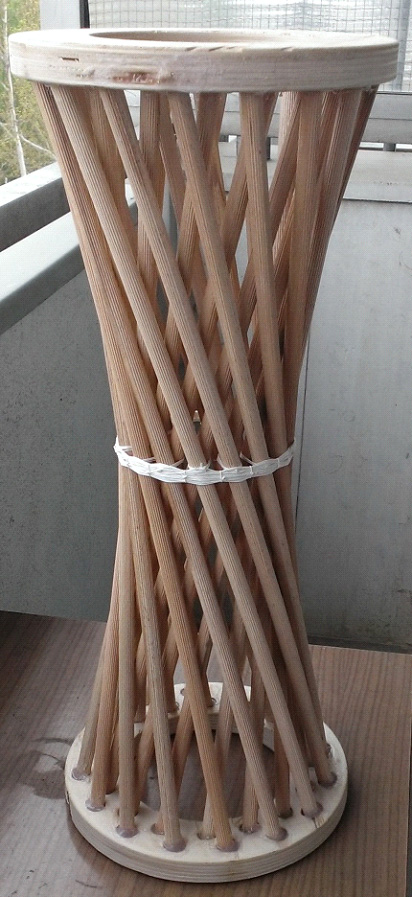
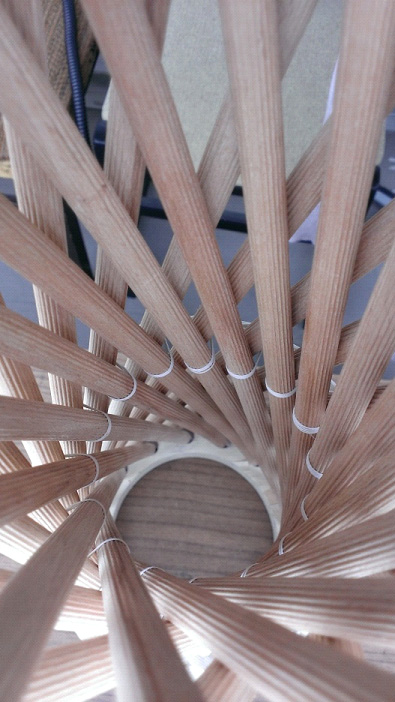
The big advantage of the chosen one-sheeted hyperboloid shape is that it can be constructed by using solely straight elements and the double curvature surface provides significant resistance against local shell buckling. The structure is 50cm high and 20cm wide at the ends. The hyperboloid surface is formed by 32 solid timber rods, each with 10mm diameter circular cross-section. The intention of the builders was to avoid the local, element buckling of the rods, thus to create a structure where the governing failure mode is the global, shell-like buckling.
The structural analysis of the structure is performed in midas Civil. The program is donated to the Department of Structural Engineering by the South-Korean MIDAS IT Company for educational and research purposes.The program is perfectly suited for advanced structural analysis and design of bridges and other engineering structures.

The developed numerical model is illustrated in the figures below. The finite element model was beneficial to identify the crucial details. Moreover, it predicted that the first linear buckling shape is corresponding to shell-like failure mode. Due to the sensitivity of shell structures to imperfections the students performed geometrical non-linear, imperfect analysis as well.
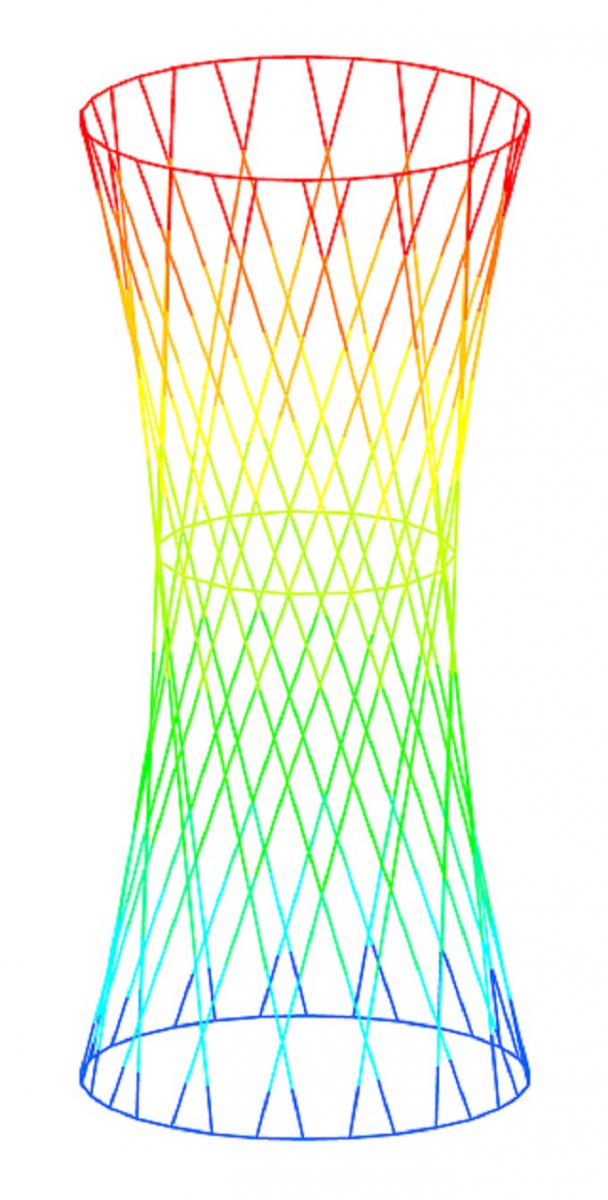
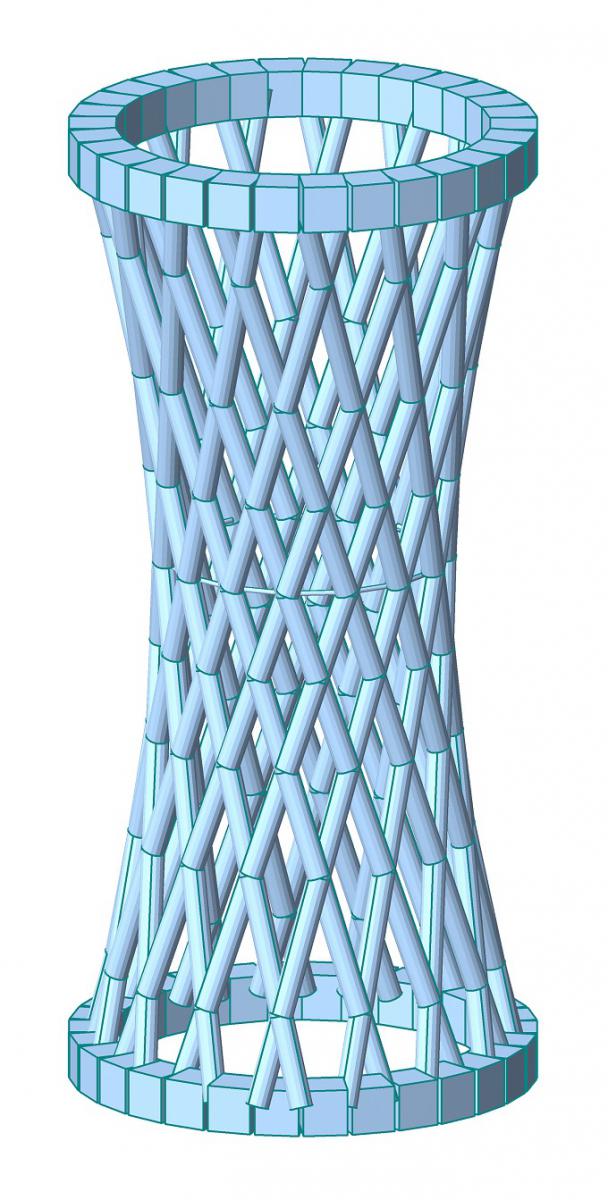
The numerical analyses have been made possible by the generous support of MIDAS Information Technology Co., Ltd. who donated 8 licenses of midas Civil (Full version) to the Department of Structural Engineering of Budapest University of Technology and Economics. Students can use the software for their bachelor and master’s projects during 1 year for free. MIDAS IT also provides a special benefit for BUTE – 1 year free technical support.
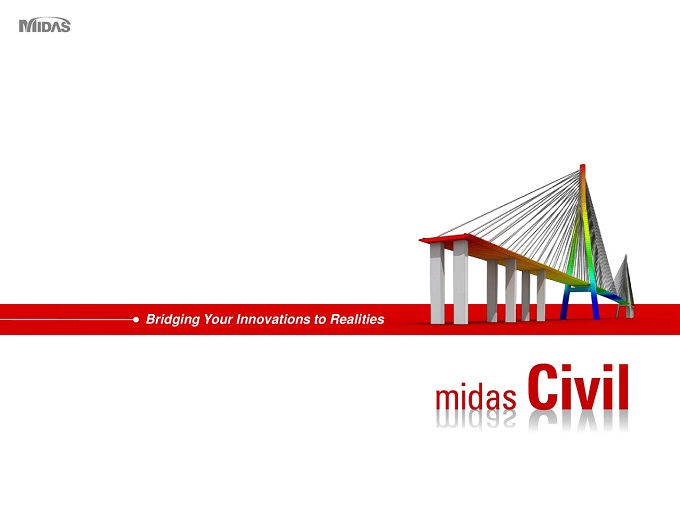
The structure was subjected to displacement-control loading. As the pictures show the failure of the structure happened through global buckling. The loading was continued until the breaking of some rods which occurred in the descending branch of the load-displacement curve. The ultimate load of the structure was 2.2 tons.
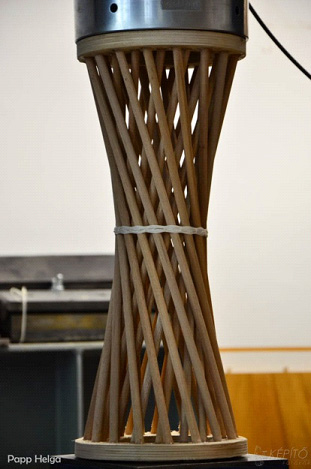
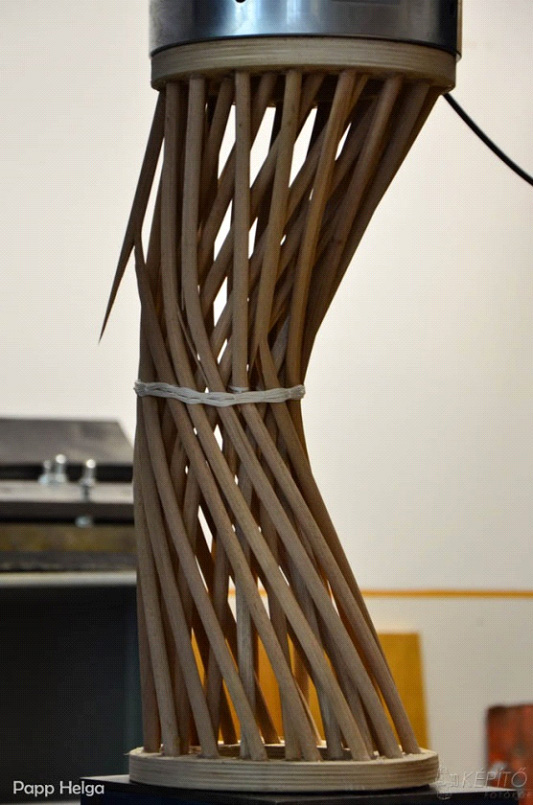
The structure is designed and built by Dániel Karsai.
Further details about the cooperation between MIDAS IT and the Department of Structural Engineering:
